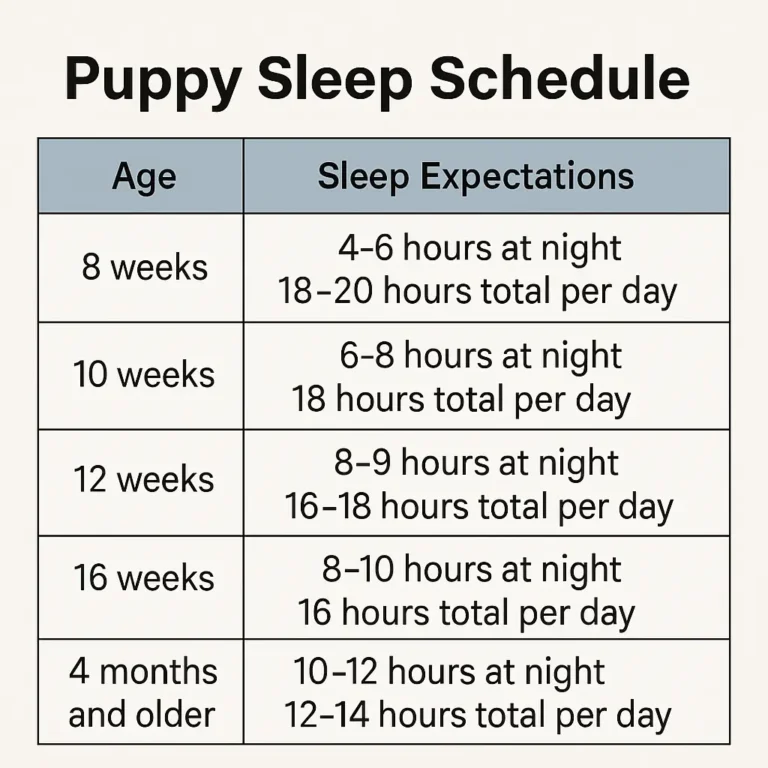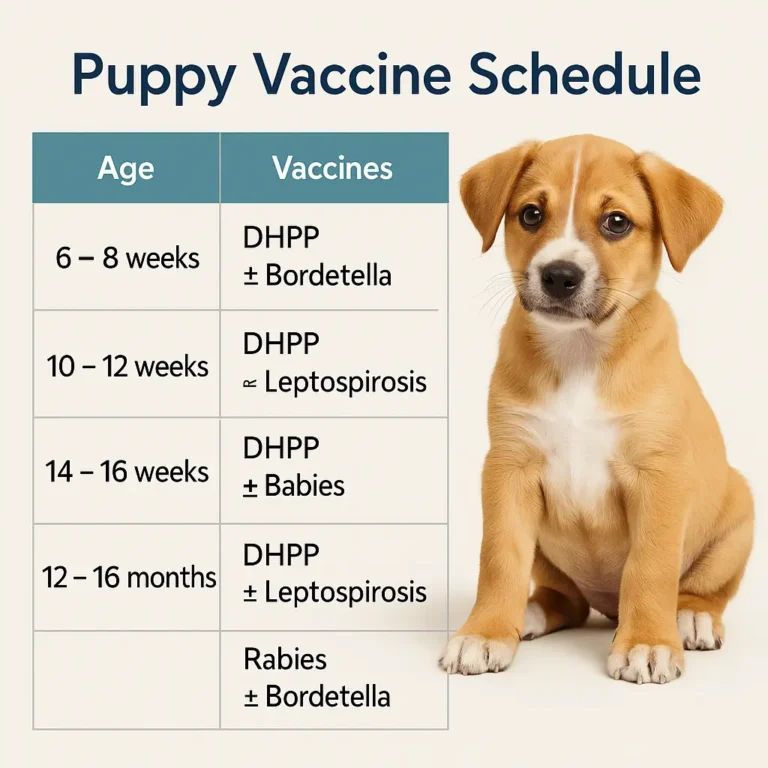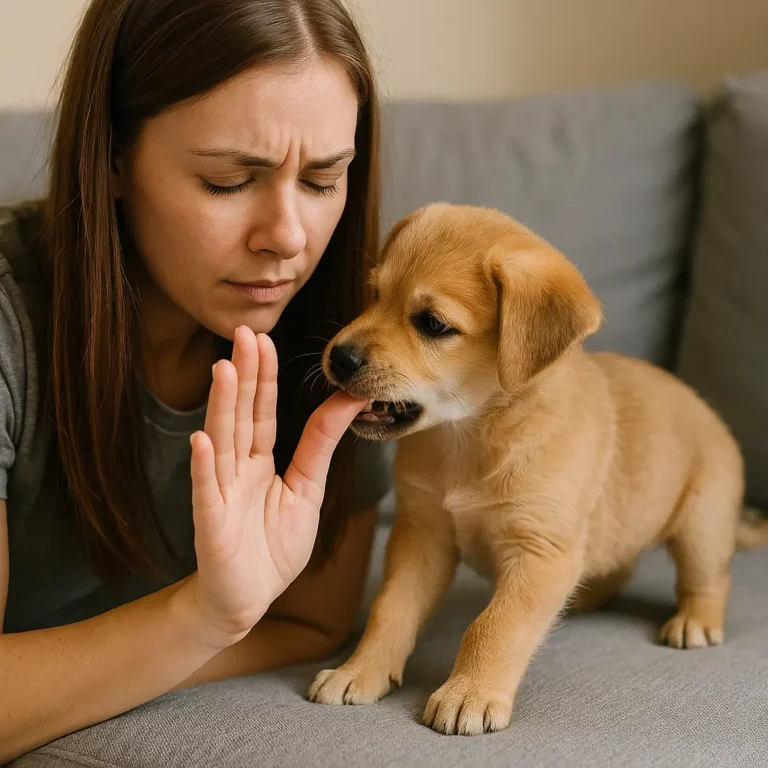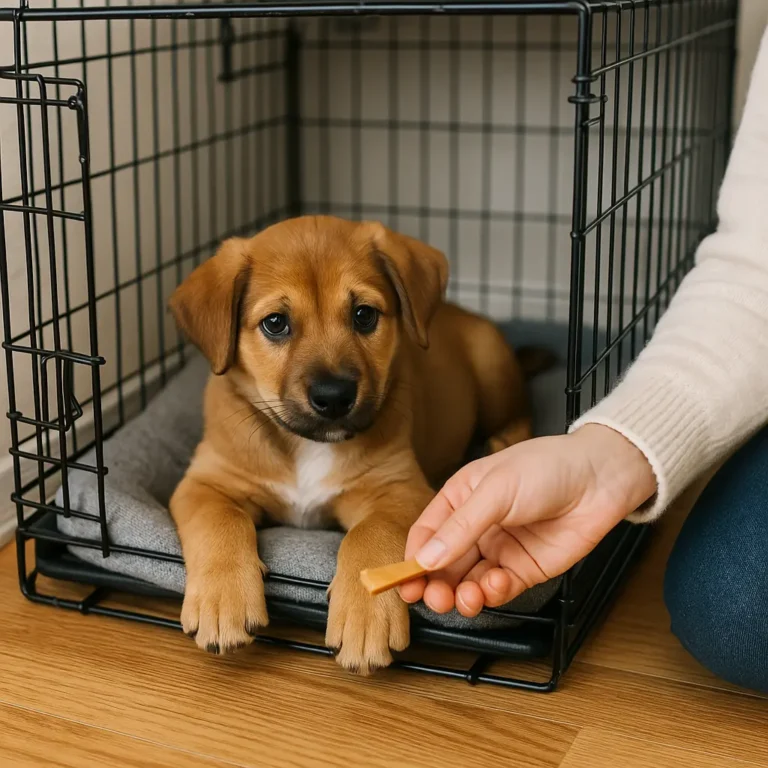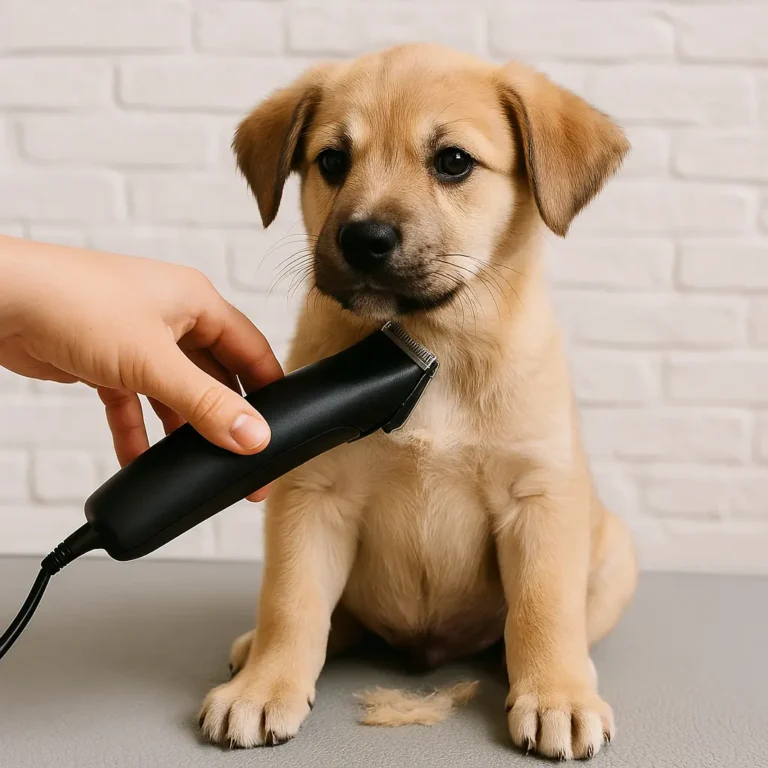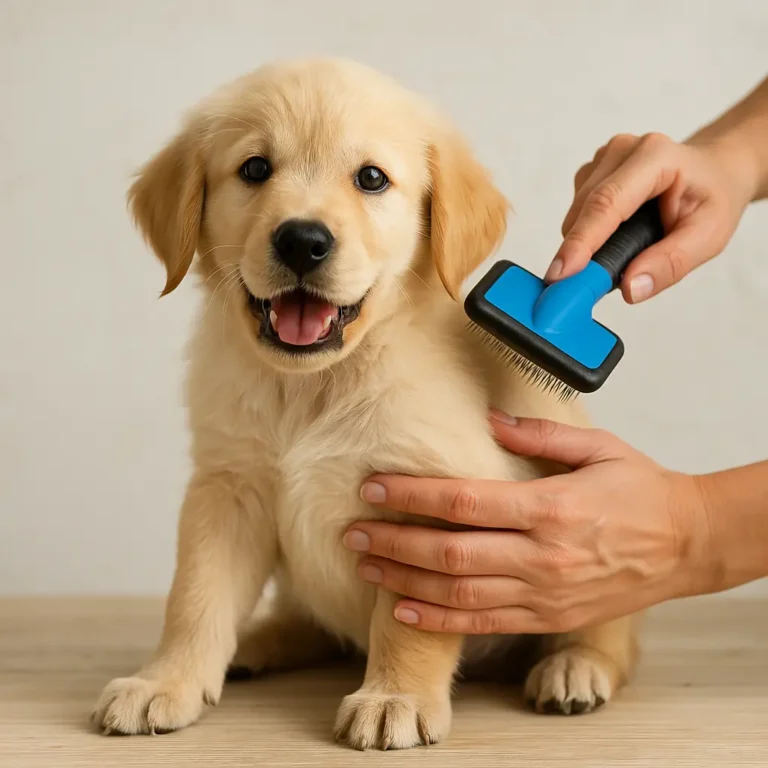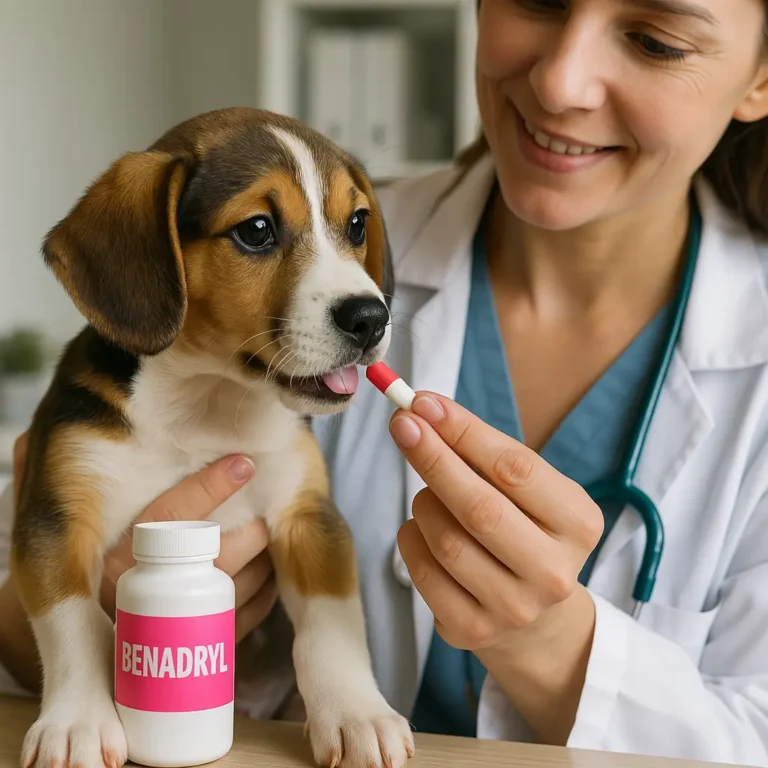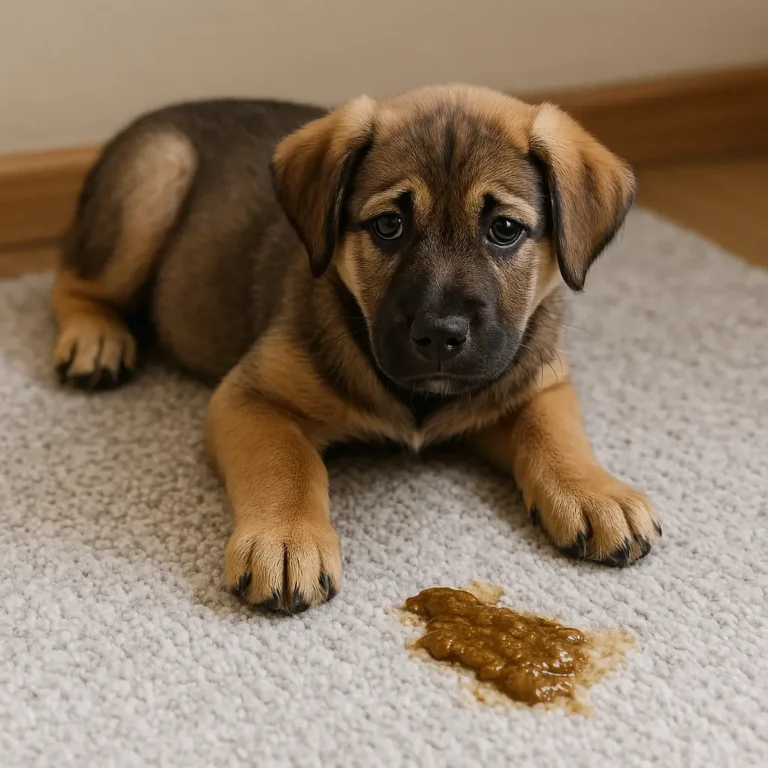Wondering, can I give my dog Benadryl? You’re not alone. Many dog owners turn to this common over-the-counter antihistamine to treat allergies, itching, or anxiety in their pups. But before you reach for the pink tablets, it’s critical to understand Benadryl dosage for dogs, when it’s safe, and the risks involved. This guide answers your biggest questions, including can dogs have Benadryl, what symptoms it treats, possible side effects, and safer alternatives. Whether your dog has seasonal allergies or a sudden reaction, this article will help you make informed, vet-approved decisions to keep your pup healthy and safe.
🐕 What Does Benadryl Treat in Dogs? More Than You Might Think
Benadryl (diphenhydramine) is commonly used in dogs to treat a variety of mild conditions. So yes, Benadryl for dogs can be effective—when used correctly.
1. Allergies
Benadryl helps with environmental, food, or seasonal allergies. It can reduce itching, hives, and redness.
2. Bug bites or stings
If your dog gets stung by a bee or bitten by a mosquito, Benadryl may reduce swelling and discomfort.
3. Motion sickness
Benadryl has mild sedative properties, making it helpful for car anxiety or nausea during travel.
4. Anxiety or mild sedation
Some vets recommend Benadryl before grooming, travel, or fireworks to help calm anxious dogs.
5. Post-vaccine reactions
If your dog has a history of vaccine sensitivity, your vet might suggest Benadryl before or after shots.
While you can give a dog Benadryl for these issues, it’s not a cure-all. Always check with your vet first—especially if your dog is on other medications or has a health condition.
And be aware: Benadryl killed my dog is a tragic phrase tied to incorrect dosing. Never assume human medication is risk-free for pets.
📏 What’s the Proper Benadryl Dosage for Dogs? (And How to Give It)
If you're wondering, can you give Benadryl to dogs, the answer is yes—with the right dosage and vet guidance.
Standard dosage:
The general rule is 1 mg of Benadryl per pound of body weight, given 2–3 times daily.
| Weight (lbs) | Dosage (mg) |
|---|---|
| 10 lbs | 10 mg |
| 25 lbs | 25 mg |
| 50 lbs | 50 mg |
Types of Benadryl you can use:
-
Plain diphenhydramine tablets or capsules (no added ingredients)
-
Children’s liquid Benadryl – Use with extreme care due to sweeteners like xylitol (which is toxic to dogs)
Never use:
-
Extended-release capsules
-
Products containing acetaminophen or pseudoephedrine
How to give it:
-
Mix with food or treats
-
Use a pill pocket
-
Crush and hide in a soft snack (if your vet approves)
Even if Benadryl for dogs is generally safe, double-check with your vet before giving any medication. Underdosing may be ineffective—overdosing can be fatal.
When in doubt about Benadryl dosage for dogs, always confirm with your veterinarian before administration.
Certain dog breeds are more prone to allergies, anxiety, or travel sickness—making Benadryl for dogs a more common recommendation.
Common breeds that may need Benadryl include:
Golden Retrievers – Frequent skin allergies
French Bulldogs – Prone to environmental allergens
Shih Tzus & Pugs – Brachycephalic breeds with respiratory sensitivity
Labrador Retrievers – Common food and pollen allergies
Boxers – Often react to insect bites
For these types of breeds, your vet may suggest Benadryl as part of their care plan—but always under supervision. Incorrect use could harm your dog, even with over-the-counter meds.
⚠️ Side Effects of Benadryl in Dogs You Should Watch For
Although Benadryl is safe for dogs when used correctly, it’s not risk-free. Knowing the side effects helps you respond quickly if something goes wrong.
Most common side effects:
-
Drowsiness – Mild sedation is expected
-
Dry mouth – May cause thirst or licking
-
Urinary retention – Less common, but dogs may pee less
-
Increased heart rate – Especially in small breeds or with overdosing
-
Hypersalivation – Unusual drooling
-
Diarrhea or vomiting – May indicate intolerance or overdose
Serious side effects (call your vet immediately):
-
Seizures
-
Difficulty breathing
-
Swelling of the face or tongue
-
Sudden collapse or extreme lethargy
The phrase "Benadryl killed my dog" typically results from severe overdose, allergic reaction to inactive ingredients, or preexisting conditions like heart or liver problems.
If you notice ANY unusual behavior after giving your dog Benadryl—even if it seems minor—call your vet immediately.
Monitor your pup closely after the first dose and stick to the exact Benadryl dosage for dogs. What helps one dog could harm another if used improperly.
Grooming Tips
🧮 How Much Benadryl Is Too Much? Know the Limits
Even if you’ve given your dog Benadryl before, it’s crucial to know how much Benadryl is recommended for dogs—and when it becomes dangerous.
Standard dosage recap:
1 mg per pound of body weight, up to 3 times a day.
For example:
-
10-pound dog = 10 mg
-
25-pound dog = 25 mg
-
50-pound dog = 50 mg
Signs of Benadryl overdose:
-
Rapid heart rate
-
Seizures
-
Agitation or aggression
-
Dilated pupils
-
Tremors
-
Collapse or unconsciousness
Benadryl killed my dog is a real warning—often the result of giving too much or using a product with unsafe additives like acetaminophen or decongestants.
Other risks include:
-
Giving adult strength to small dogs
-
Using timed-release capsules that release unpredictably
-
Misreading liquid Benadryl labels meant for children or infants
Always confirm the dosage with your vet. Write it down or set a reminder so no one double-doses your dog by mistake.
When giving medication to your pet, more is not better—safe dosing is lifesaving. If you accidentally give too much, contact your vet or pet poison hotline immediately.
Health Tips
🌿 Safer Alternatives to Benadryl for Dogs
If you’re unsure about giving Benadryl or your dog is sensitive to it, there are plenty of safer alternatives worth exploring.
Natural options:
-
Quercetin – A plant-based antihistamine known as “Nature’s Benadryl”
-
CBD oil (vet-approved) – May help with anxiety, inflammation, and itchiness
-
Omega-3 supplements – Help reduce allergic reactions and improve skin health
-
Chamomile or lavender – Gentle herbal soothers (ask your vet for safe forms)
Prescription alternatives:
-
Apoquel – Fast relief for itching caused by allergies
-
Cytopoint injections – Long-lasting treatment for chronic itch
-
Hydroxyzine – A stronger antihistamine prescribed by vets
Topical treatments:
-
Oatmeal shampoo – Soothes itchy skin without oral meds
-
Antihistamine sprays or creams – For local irritation
When considering alternatives, always ask your vet. The goal isn’t just symptom relief—it’s treating the underlying issue safely.
Not every dog can handle Benadryl. If your dog has a bad reaction, or you’re worried because Benadryl killed my dog stories haunt forums, these options may be a safer route.
FAQ
Can I give my dog Benadryl every day?
Can puppies have Benadryl?
Is liquid Benadryl safe for dogs?
How long does Benadryl take to work in dogs?
Can I give Benadryl with other meds?
Can Benadryl help with itching?
Can I give a dog children’s Benadryl?
Is drowsiness after Benadryl normal?
Life Tips
. 🐶 Final Thoughts: Is Benadryl Safe for Dogs?
So, can you give a dog Benadryl? Yes—but only when used properly and with your vet’s approval. While Benadryl is a common go-to for allergies and anxiety, it’s not without risks. Knowing the correct Benadryl dosage for dogs, understanding the possible side effects, and being aware of breed sensitivities is essential. If you're hesitant or have read scary stories like “Benadryl killed my dog,” talk to your vet about safer alternatives. Your dog’s health is too important to guess. Used correctly, Benadryl can be a helpful tool—but it’s not the only one. Discover your true breed with the 'What Dog Am I Quiz'!


